We all know growing plants pesticide-free is ideal, but if you have a pest infestation, you may have to decide whether you want to use a chemical insecticide or allow bugs to eat all of your crops and ornamental plants.
Luckily, Sevin Dust is one of the best insecticides for treating your lawn and garden, as it’s only moderately harmful to beneficial animals and insects.
How to use Sevin Dust? To use Sevin Dust, simply shake it over your garden plants or lawn to control pests. However, several other factors are to be considered during the application, such as safety precautions and whether you’re growing vegetables or flowers.
This article provides detailed steps for applying Sevin Dust to keep unwanted bugs away in your garden, as well as some tips to ensure you use this product responsibly.
What Is Sevin Dust?
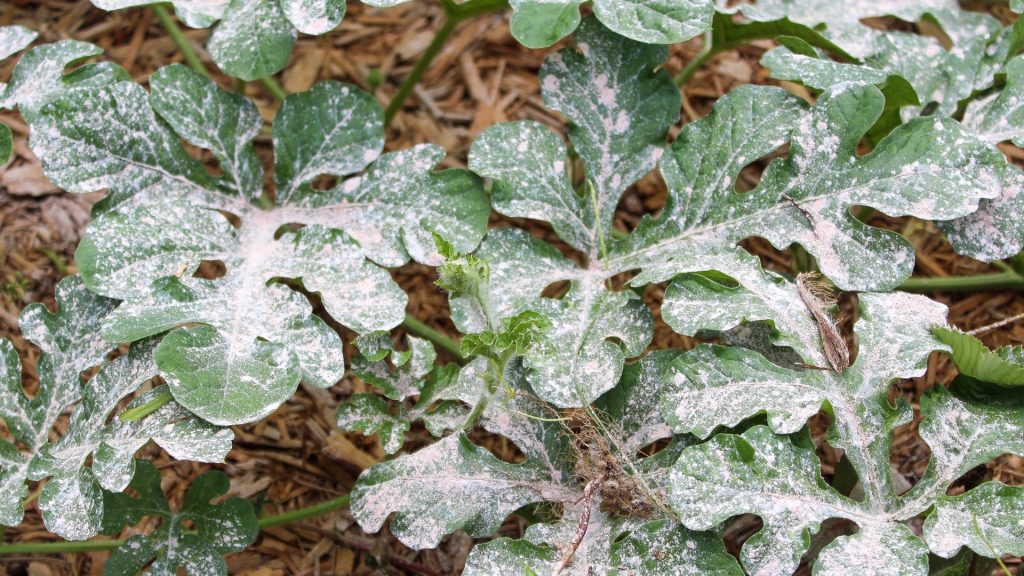
If you are a gardener, you have probably heard of Sevin Dust. It’s one of the most common agricultural pesticides since it is not extremely harmful to animals and birds. Still, it does the trick in preventing insect pests from eating fruits and vegetables.
Sevin Dust is a popular powdered outdoor pesticide marketed by Garden Tech. Sevin Dust contains carbaryl, a neurotoxin that causes seizure-like fits in insects.
Carbaryl affects insects’ nervous systems by overstimulating them. When an insect comes in contact with carbaryl, its nervous system cannot cope. The chemical causes bugs to have seizures, often resulting in an inability to move, twitching, writhing, or paralysis.
Eventually, the insect will die since it will not be able to breathe, move, or eat.
How To Apply Sevin Dust?
To apply Sevin Dust, use gloves, a mask, and eye protection, and sprinkle the dust on the ground around the plants or trees you want to protect from insects. Sevin Dust is an excellent choice if you are looking for a pesticide to keep your plants protected from hungry insects.
However, you should not use it indoors since the neurotoxin carbaryl can affect humans, dogs, and cats if they inhale the dust.
How To Apply Sevin Dust to Yard?

If you want to apply Sevin Dust to your yard, you can treat the perimeter of your home and your property lines with the dust. One great option is Garden Tech’s Sevin Insect Killer Lawn Granules.
- Large-Scale Pest Protection. Large-Scale Results
- Kills Over 30 Listed Pests
- Use on Lawns, Ornamentals and Around Homes
- For use on Vegetables
- Kills Ticks, Fleas, Worms, Ants, and Several Other Pests
For such an extensive application, you may want to use a hand spreader like Quingdao Huatian’s Hand Truck. Hand spreaders like these make the process easy, and they can protect you from touching and inhaling the dust.
Now, to apply the dust:
Step 1: Determine how much product you will need. Measure your lawn to see how much Sevin Dust you will need to apply. Use the instructions on the package to ensure that you use the right amount of product.
Step 2: Pick a warm, sunny day. Because Sevin Dust can be toxic when inhaled, you will need to wash it with water later and then let it dry to minimize your exposure to the dust. So, choosing a warm day will help the dust to dry after you wet it.
Step 3: Wear Safety Gear. Put on gloves, a face mask, and protective eye goggles.
Step 4: Pull out your Sevin Dust. Fill your hand spreader. A dry watering can, a shaker, a bucket, or a large bowl with Sevin Dust.
Step 5: Treat your yard. Sprinkle your yard’s perimeter with Sevin Dust, trying to dust the dirt and not the grass and other plants growing on top of it. Be careful not to place the powder on fruits, vegetables, flowers, or other edible plants. If you get the dust on flowers, it may harm bees, which are essential for the development of your plants. If you treat vegetables and fruits directly, you may accidentally end up eating the dust later.
Step 6: Wet the dust. Use a hose or watering can to wet the dust, then allow it to dry.
Step 7: Let the dust-dry. Don’t let children or pets walk over the dust until the area is dry.
For more information, you may want to check out Garden Tech’s tutorial video for their Insect Killer Lawn Granules:
How To Apply Sevin Dust to Tomato Plants?
You will want to use Garden Tech’s Sevin-5 Ready to Use Dust for tomato plants and other garden plants. Treating individual plants is very simple.
To apply Sevin Dust to your tomato plants:
Step 1: Apply the dust a week or more before harvest to prevent the pesticide from lingering on your tomatoes or other edible plants.
Step 2: Wear gloves, a filtering face mask, and protective goggles when handling Sevin Dust.
Step 3: Fill a bowl, shaker bottle, or hand spreader with Sevin Dust.
Step 4: Sparingly apply the dust to the dirt around your plant, being cautious not to put the dust on flowers, fruits, or vegetables.
Step 5: If dust gets on flowers, remove them to prevent bees from eating the dust.
Step 6: Don’t water your plants for around 48 hours to allow the dust to do its job!
How Long Does It Take Sevin Dust to Work?
Sevin Dust does not take long to work; Whenever a bug crawls over Sevin Dust, it starts to feel the effects. Usually, the insect will die within an hour at most after touching the powder.
Still, since the bugs have to crawl over the insecticide for it to work, you may have to wait up to three weeks to see the results you want. So, it would be best if you gave Sevin Dust time to affect the entire infesting colony of insects before you give up.
How Often Do You Use Sevin Dust?
How often you use Sevin Dust will differ among environments. Generally, you should never apply Sevin Dust more than once a week. Sevin Dust lasts up to three months under normal conditions, but if it rains a lot in your area or is humid and hot, you may need to apply it every month.
Still, you should never apply Sevin Dust to your garden or lawn more than seven times a year, according to Garden Tech, the makers of Sevin Dust.
What Does Sevin Dust Kill?
Sevin Dust is a popular insecticide, and for a good reason. Sevin Dust is a quick killer, and it works against many different species and varieties of insects.
Sevin dust kills over 100 different kinds of common garden pests. However, it also kills some beneficial insects, so you should only apply Sevin Dust sparingly and in places where you don’t want insects to invade.
Does Sevin Dust Kill Fleas?

Sevin Dust does kill fleas, and many people use it for such since it works so well. However, it’s not recommended to use Sevin Dust indoors, as it could harm you or your pets. If you want to control fleas outdoors, though, Sevin Dust will work.
For a safer indoor pesticide that kills fleas on pets and in your home, try Diatomaceous Earth instead.
- OMRI Listed - Listed with the Organic Minerals Research...
- Natural Product - Composed of 10lbs of 100% ground freshwater...
- Vegan-Keto-Gluten Free
- Diatomaceous Earth is a natural source of freshwater amorphous...
Related: How to Use Diatomaceous Earth for Bed Bugs?
Will Sevin Dust Kill Bees?
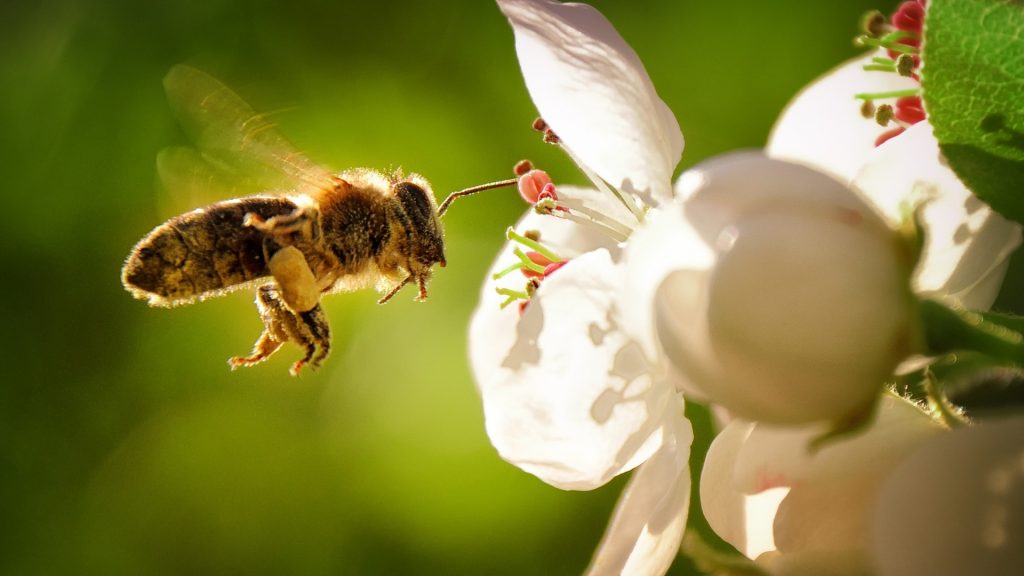
Sevin Dust will kill bees, unfortunately. That’s why it is important not to put your Sevin Dust on or in flowers. Once a bee lands on the flower to pollinate it, it starts to feel the effects of the pesticide and dies relatively quickly.
Because bees are so beneficial to your garden’s health, always pinch off any flowers that have come in contact with the dust to keep your pollinators alive!
Will Sevin Dust Kill Squash Bugs?
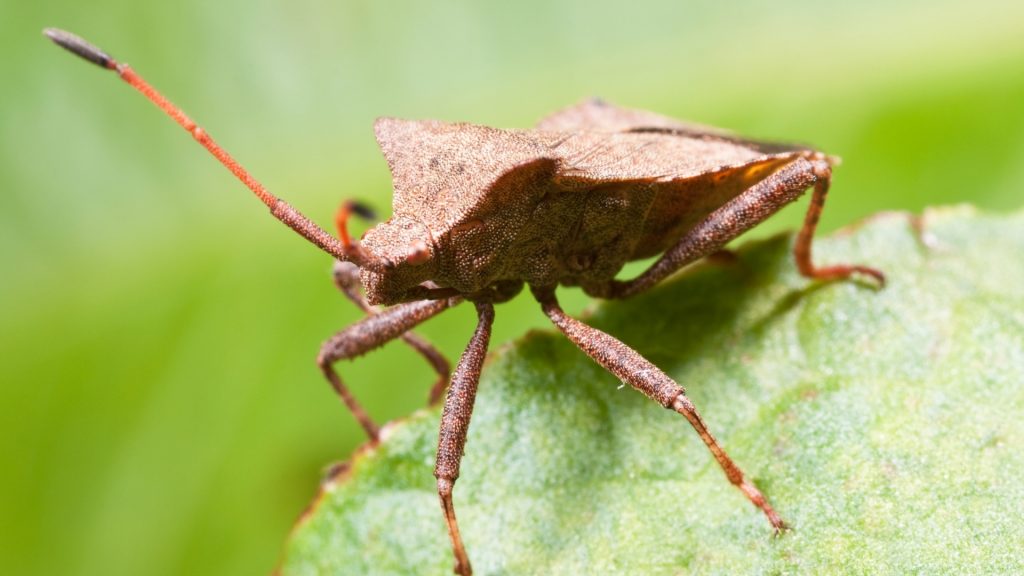
Sevin Dust will kill squash bugs. It’s also an excellent pesticide for fighting against stink bugs and cabbage beetles, so it’s the perfect insecticide for squash, melon, and cucumber patches in your garden.
Still, avoid getting the powder inside your large squash flowers since it is important not to kill the bees that pollinate your vegetables.
Does Sevin Dust Kill Ants?
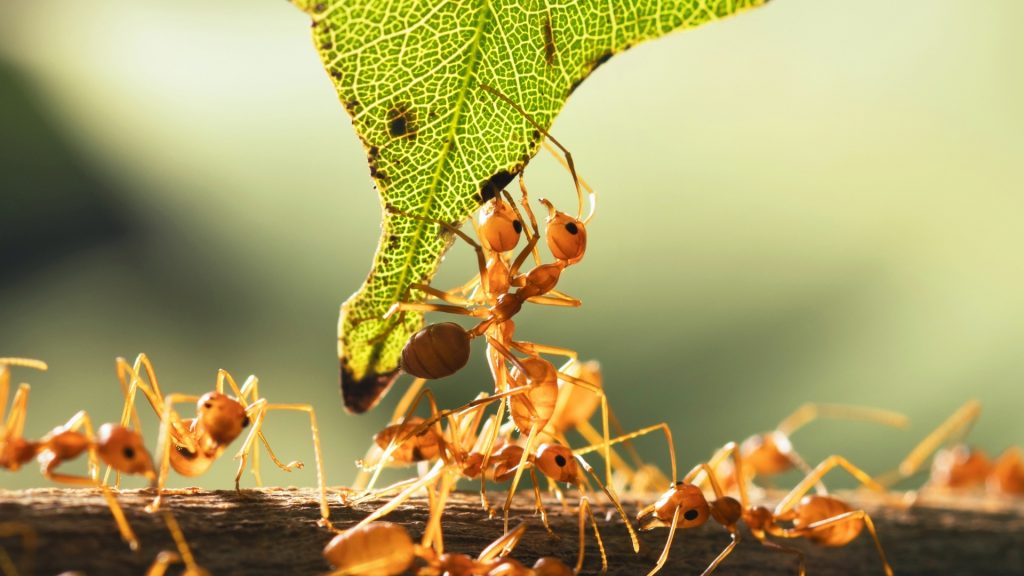
Pest control experts at Iowa State University highly recommend using Sevin Dust to kill ants. Since Sevin Dust is easy to apply in small cracks, crevices, and trees, it’s easy to use as a perimeter barrier around your home to keep ants outside.
It also helps control carpenter ants since you can put the dust around the roots of your trees.
Related: How to Get Rid of Ants Naturally?
Will Sevin Dust Kill Bed Bugs?
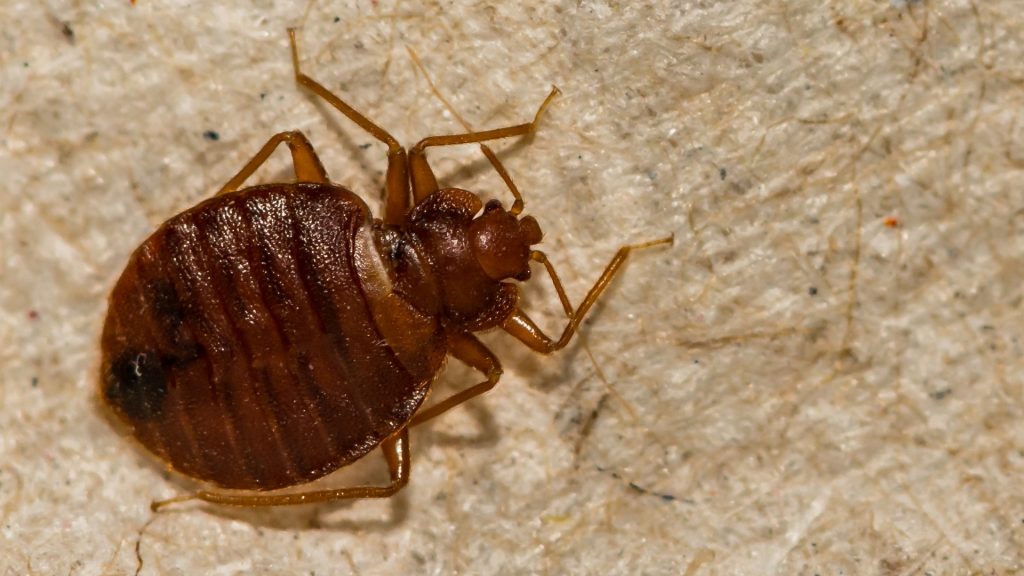
According to the Sevin Dust label, it will not kill bed bugs. Furthermore, Sevin Dust is a potent neurotoxin that shouldn’t be used indoors, especially on your bed or in your bedroom. If you breathe in the dust, you could have some significant neurological problems like nausea, dizziness, or worse.
Related: Natural Ways to Get Rid of Bed Bugs
Does Sevin Dust Kill Mites?
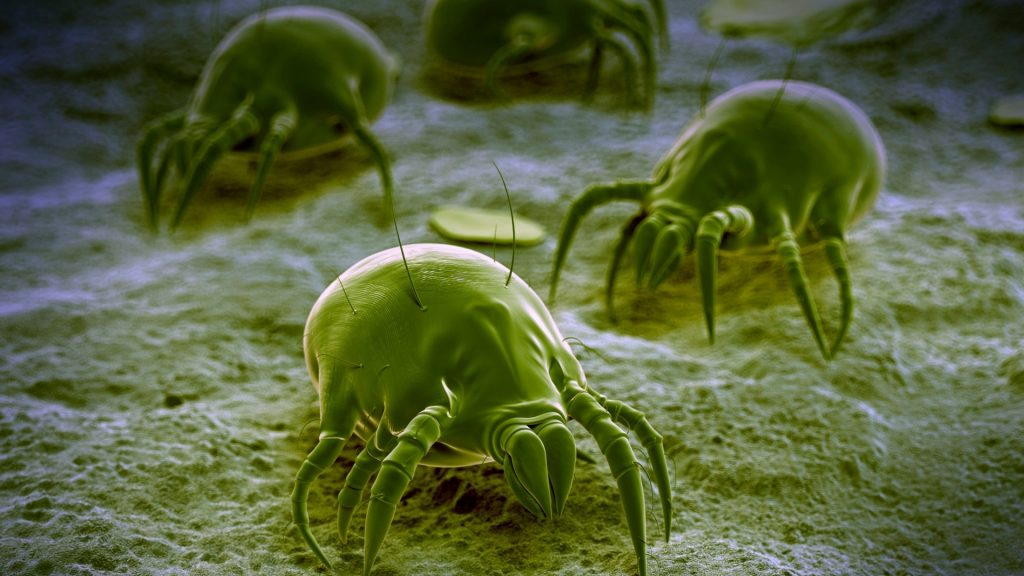
Sevin dust does not kill mites very effectively. Sevin Dust kills many natural predators of mites like spider mites, causing a massive boom in the mite population in gardens treated with the insecticide. If mites are your issue, try another insecticide like malathion or insecticidal soap.
Other Insects Sevin Dust Kills
Sevin dust kills almost any insect that could be eating the vegetables in your garden. Some of the most common insect pests that Sevin Dust kills include:
- Japanese Beetle
- Leafhoppers
- Earworms
- Cucumber Beetles
- Flea Beetles
- Millipedes
- June Beetles
- Aphids
- Strawberry Weevil
- Fruitworms
- Sowbugs
- Cicadas
To learn more about what kinds of pests Sevin Dust Kills, check the label here.
How Long Does Sevin Dust Last?
One application of Sevin Dust can last as long as three months in most cases. Factors that might shorten the effective period of this product include rainwater, irrigation systems running over the treated area, humidity, and wind in your area.
In addition, mulching can cover the pesticide, making it ineffective against crawling insects.
Is Sevin Dust Harmful to Humans?
Sevin dust is a powerful insecticide, and it can harm you if you inhale it. That’s why you should never use Sevin Dust indoors, and you should always use safety gear when handling it.
Sevin Dust is harmful to humans, as the active ingredient is Carbaryl, which affects your nervous system. Usually, it will slow your body’s systems down, and prolonged exposure can cause some very concerning problems. Left untreated, it could even cause death.
So, be careful when you use Sevin Dust and store it in a safe, childproofed location.
Is Sevin Dust Safe for Dogs and Other Pets?

Sevin Dust is just as harmful to dogs and other mammals as it is to humans. Always let Sevin Dust settle for at least 48 hours before allowing pets into your garden or lawn.
If you want to make it even safer for pets, rinse areas treated with the powder and let it dry before allowing pets to come near. The water will wash the dust into the dirt, where it will cling to the soil and fight against crawling insects.
Is Sevin Dust Safe on Vegetables?
Sevin dust is primarily used to treat vegetables and fruits for pests.
Sevin dust is acceptable to use on vegetables, but only under certain conditions. Only treat vegetables with Sevin Dust at least a week before harvesting and wash vegetables and fruits well before consuming them.
Sevin Dust Poisoning Symptoms
Some of the more minor symptoms of Sevin Dust exposure for humans include:
- Nausea
- Dizziness
- Weakness
- Slurred Speech
- Twitching Muscles
With prolonged exposure, symptoms are worse. Some of these include:
- High Blood Pressure
- Seizures
- Trouble Breathing
- Fluid Buildup in Lungs
So, anything that Sevin Dust does to insects, it can also do to you. That’s why it’s crucial always to wear gloves, a filtering face mask, and eye protection when handling Sevin Dust. To stay on the safe side, you might also want to wear long sleeves and long pants when you treat your lawn or garden with this pesticide.
Summary
Sevin Dust is an effective way of keeping a wide variety of pests from feasting on your garden vegetables, fruits, and flowers. Always take caution when using Sevin Dust because it can harm people and pets, too.
List of Sources
Bond, C., Cross, A., Buhl, K., Stone, D. (2016). Carbaryl General Fact Sheet. National Pesticide Information Center, Oregon State University Extension Services.
Merchant, M. (2018). When is Sevin not Sevin? Texas A&M Agrilife Extension.
Division of Agriculture and Natural Resources. (2021). Pesticide Information about carbaryl. University of California Statewide Integrated Pest Management Program.
Lewis, D. (1995). Carpenter Ants in Trees. Iowa State University Extension and Outreach.
- How to Get Rid of Copperheads | Practical Guide - August 27, 2023
- How to Get Rid of Corn Snakes | What Makes Them Aggressive? - August 27, 2023
- How to Get Rid of Alligators | Safety Measures and Removal Methods - July 16, 2023




